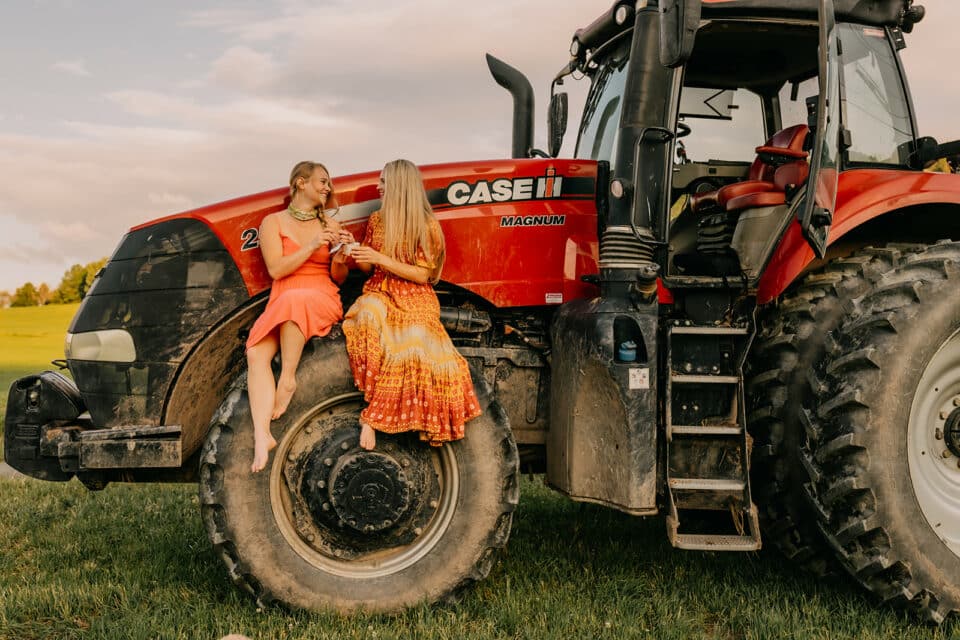By Tim Mountz of Happy Cat Organics
Although a few people still decorate for Thanksgiving, the turkey that we see pictured on window cling displays is not the bird we eat, just the idea. The pilgrims ate wild turkey, Meleagris gallopavo. Most of the turkeys that we eat in this country are a breed known as broad-breast white and they are raised in large, mostly windowless buildings kept shoulder-to-shoulder with hundreds or thousands of other birds and fed a diet of hormones; however, I will not go too far into the deplorable conditions of our turkey-growing habits, since this article is really about eating them.
So, what’s a hungry reviler to do? I have been buying organic turkeys for the past few years, but they are still that broad-breast white. The taste and quality of the meat is better, but I knew there was more out there. And I wanted more.
I have known about Heritage Breeds of turkeys for a few years, but I was unable to find anyone who was growing them. One New York Times report recently wrote that Heritage Breed turkeys are raised more intensely then most Montessori school children. Heritage Breeds are all the rage, as these are birds with lineage that goes back to when America was a place that did not grow turkeys on the East Coast and ship them to the West Coast. At that time in history it was more of a raised-here eaten-here kind of economy. So, how did we get ten or more breeds of turkey? That’s simple. Different farmers in different areas had different likes and needs; each person raised their turkeys differently and let breeding pairs live with the traits that they were looking for.
So, I went to Localharvest.org and looked up local turkeys. To my surprise, not only did I find a Heritage Breed within 50 miles but it was a friend of mine, Anne Harnish, who was raising them. I met Anne (Brooding Hen Farm) a few years ago when I lived in Lancaster. She was one of the first people to come to my Green Drinks social network evenings at the Lancaster Brewing Co. But now she runs Brooding Hen Farm at her home on a tiny creek in beautiful Lancaster County. So, I sent her an e-mail and told her I wanted a turkey, but that I also wanted to meet her turkeys.
It was great to see an old friend doing something smart and important, but to see these great birds and how Anne not only raises them but also lives with them was amazing. It was raining, and the breeding stock, which seem to run the place, where hiding from the rain on the front porch. We went to the back meadow and there was the flock 20-some strong, all moving around together in the rain and living the good life. What a great connection to the landscape. I think that is what I will be thankful for this year; that, Heritage Breeds and good friends doing great stuff.
Put a face to your food.
Be thankful.
Know your ingredients.
Know your farmer.
Know a good chef or two.



